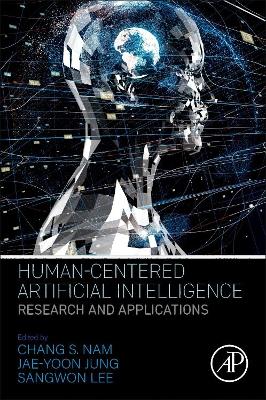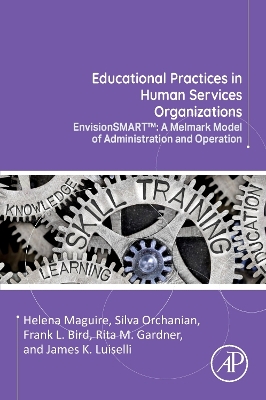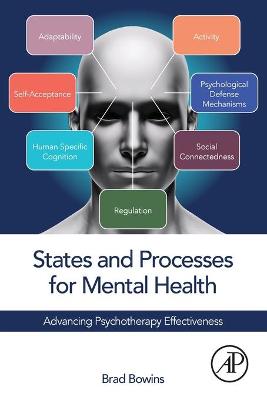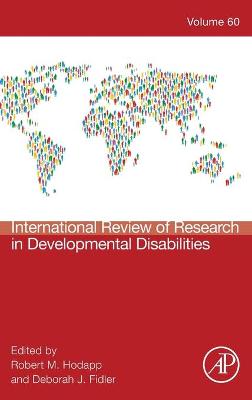Human-Centered Artificial Intelligence
 -10%
portes grátis
-10%
portes grátis
Human-Centered Artificial Intelligence
Research and Applications
Lee, Sangwon; Nam, Chang S.; Jung, Jae-Yoon
Elsevier Science & Technology
05/2022
312
Mole
Inglês
9780323856485
15 a 20 dias
520
PART II: User-Centered AI Design and Development Process 7. User-centered explanation interfaces for effective communication between users and AI-based systems 8. Mind perception of human-centered AI: Effects of unfavorable social conditions on user experience of AI 9. Designing user interfaces for AI-based decision support systems
PART III: Applications in Human-AI Interaction 11. Review on recent AI/ML studies about manufacturing systems 12. AI in BCI 13. AI in Human-Robot Interaction 14. AI in Healthcare 15. AI in Decision Making 16. TBD
PART IV: Ethics, Privacy and Policy in Human-AI Interaction 17. Ethics of AI in academic and public discourse 18. Designing explainable artificial intelligence from policy perspectives 19. AI governance 20. TBD
PART II: User-Centered AI Design and Development Process 7. User-centered explanation interfaces for effective communication between users and AI-based systems 8. Mind perception of human-centered AI: Effects of unfavorable social conditions on user experience of AI 9. Designing user interfaces for AI-based decision support systems
PART III: Applications in Human-AI Interaction 11. Review on recent AI/ML studies about manufacturing systems 12. AI in BCI 13. AI in Human-Robot Interaction 14. AI in Healthcare 15. AI in Decision Making 16. TBD
PART IV: Ethics, Privacy and Policy in Human-AI Interaction 17. Ethics of AI in academic and public discourse 18. Designing explainable artificial intelligence from policy perspectives 19. AI governance 20. TBD
















